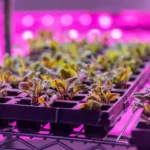Are you struggling to keep your hydroponic garden thriving? If you’ve ever been puzzled by wilting plants or stunted growth, you’re not alone. Understanding the crucial role of the pH level in hydroponics can help you unlock your garden’s true potential.
It’s essential to monitor pH levels in hydroponics because the pH of the nutrient solution directly affects the availability of nutrients to plants. Different plants have specific pH ranges at which they can absorb nutrients most effectively, and maintaining the correct pH level ensures that plants have access to the nutrients they need for healthy growth.
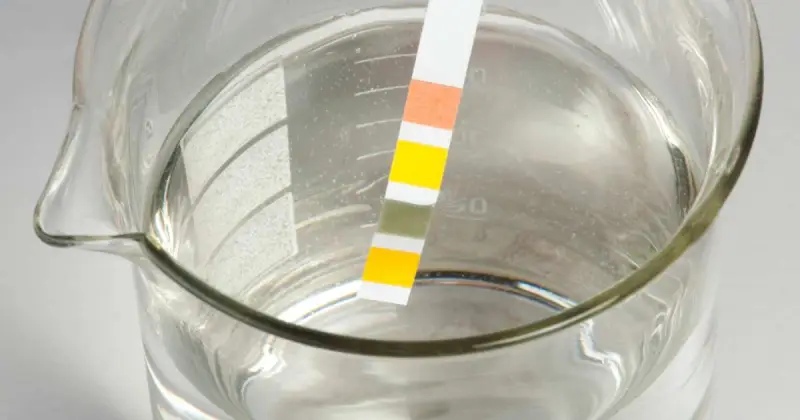
As we delve deeper into pH levels in hydroponics, you’ll uncover the secrets to maintaining the perfect balance for your plants. From the impact of pH on nutrient absorption to troubleshooting common issues, this guide will equip you with the knowledge and skills needed to elevate your gardening game.
Transform your hydroponic setup into a thriving oasis of greenery with expert tips and insights waiting for you ahead. Let’s navigate the intricacies of pH balance together to ensure your plants receive the optimal nutrient symphony for vibrant growth.
Humble Highlights
- Discover the essentials of balancing pH levels in your home hydroponic system so you can provide your plants with optimal nutrient uptake AND prevent nutrient deficiencies and toxicities!
- Save time by uncovering the proper pH levels for these commonly cultivated hydroponic plants so you can prevent nutrient lockout – a situation where plants are unable to absorb certain nutrients even if they are present in the solution.
- Better manage these 4 methods for adjusting pH levels in your hydroponic system – even if you’re a beginner – so you can optimize microbial activity while supporting the growth of beneficial microorganisms in the root zone and protecting against dangerous pathogens.
Importance Of pH In Hydroponics
Understanding the importance of pH levels in hydroponics is crucial for optimizing nutrient absorption and supporting plant health. In hydroponic systems, the pH of the nutrient solution directly influences nutrient availability to plants. Maintaining the ideal pH range is vital for enhancing nutrient uptake efficiency.
If the pH level is too high, nutrient uptake may be compromised, leading to deficiencies like iron deficiency, which manifests as pale or yellow leaves in young plants. Conversely, a low pH can also affect nutrient absorption, potentially causing calcium deficiencies characterized by leaf cupping and tip burn, which can significantly impact plant health. 1
Monitoring and adjusting pH levels in hydroponic systems is essential to prevent the accumulation of salts that can leave undesirable white deposits on equipment. By ensuring the pH remains within the appropriate range, you can promote robust plant growth and reduce the risk of nutrient-related issues.
Optimal pH Ranges For Hydroponic Plants
Maintaining optimal pH ranges is essential for maximizing the growth and development of hydroponic plants. The pH of the nutrient solution directly affects nutrient availability, impacting your plants’ overall health and productivity.
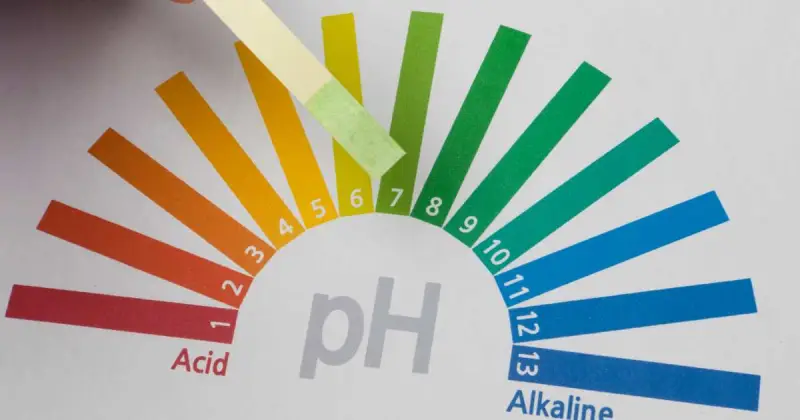
Here are the ideal pH ranges for several different hydroponic plants:
- Most hydroponic plants thrive in a pH range of 5.5 to 6, which ensures optimal nutrient absorption and maximum yields. 2
- Blueberries prefer a more acidic pH range of 4.0 to 5.0, which meets their specific nutrient requirements and promotes healthy growth.
- Pumpkins show adaptability to slightly varied pH levels, growing well in a range of 5.5 to 7.5, demonstrating resilience in hydroponic systems.
- Crops like kale, onions, and peas perform best in a pH range of 6.0 to 7, indicating their preference for a balanced nutrient solution that allows them to thrive and produce abundantly.
Factors Affecting pH Levels In Hydroponics
Temperature and light intensity significantly impact pH levels in hydroponic systems, affecting nutrient availability for plant growth. Temperature fluctuations, especially higher temperatures, can raise the pH of the nutrient solution.

Light intensity plays a crucial role in pH fluctuations by influencing plant nutrient uptake and pH levels. Evaporation in hydroponic setups can concentrate the nutrient solution over time, potentially changing pH levels and creating an unbalanced solution.
The quality of tap water used in hydroponics is vital due to variations in mineral content and water treatment processes that can introduce pH fluctuations. Moreover, alterations in nutrient concentration within the solution can directly affect pH levels, requiring regular monitoring and adjustments to maintain optimal pH ranges. 3
pH levels that are too high or too low can lead to nutrient deficiencies or toxicities, stunting plant growth and potentially causing damage. So, it’s best to get things right to maximize hydroponic yields. Check out the informative video below, which discusses how and why to control pH, the best ways to do it, and some necessary items to get your operation going strong!
Methods For Adjusting pH In Hydroponics
When adjusting pH levels in hydroponic systems, consider using phosphoric acid as an acidic solution. These methods help maintain optimal pH for your nutrient solution. Here are practical steps to adjust pH effectively:
- Phosphoric Acid: Phosphoric acid is safer and more stable for long-term pH adjustment, especially in hard water conditions. It effectively lowers pH without causing nutrient imbalances.
- Nitric Acid: Consider nitric acid for hard water situations. Ensure precise dosing and handle with care due to its aggressive nature, which can impact the nutrient solution if not used correctly.
- Balanced Nutrient Solution: Always maintain a complete and balanced nutrient solution to support plant health and prevent pH fluctuations in your hydroponic system. This step is crucial for the overall success of any successful hydroponic setup. 4
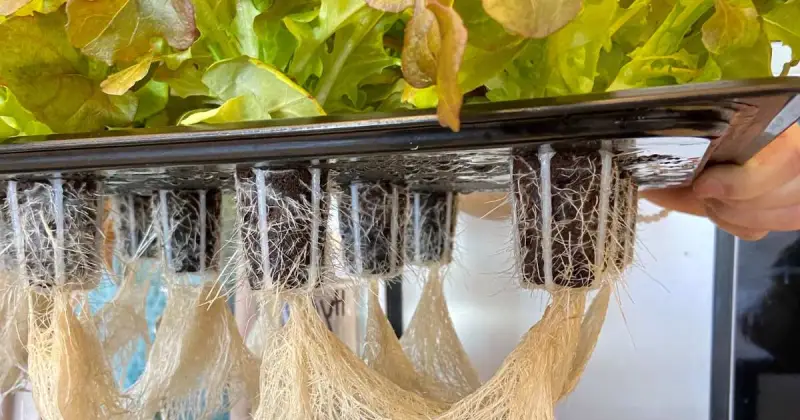
Benefits Of Maintaining Proper pH Levels
Understanding the advantages of maintaining proper pH levels is crucial for supporting healthy plant growth in hydroponic systems. By ensuring the pH levels are within the optimal range, you can prevent nutrient imbalances, which can lead to deficiencies or toxicities. This balance is essential for fostering strong plant development and increasing crop yields.
Maintaining the correct pH levels enhances nutrient uptake efficiency, allowing plants to more effectively absorb vital elements like iron, calcium, and magnesium. Consequently, this boosts plant resilience against various environmental stresses.
Regular monitoring and adjustment of pH levels not only prevent nutrient issues but also contribute to the stability and productivity of your hydroponic setup. By prioritizing the maintenance of appropriate pH levels, you can maximize nutrient availability, promote plant growth, and achieve successful cultivation results. 5
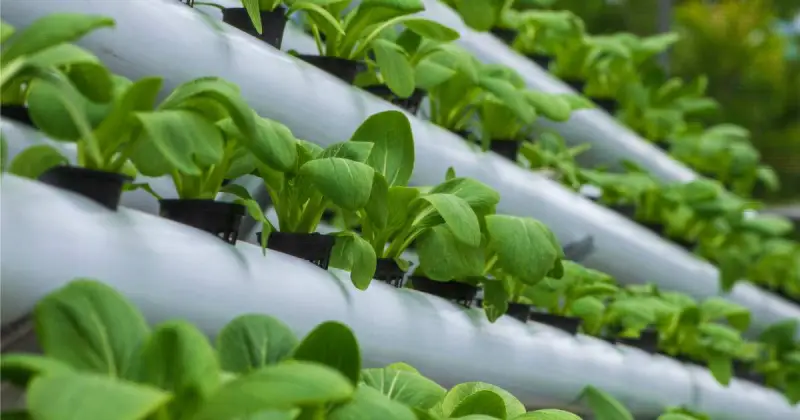
One additional and unique benefit of maintaining pH balance in your hydroponic system is its impact on nutrient availability and uptake. While it’s well-known that pH affects nutrient availability for your plants, consistently maintaining the correct pH level can also influence the balance of beneficial microorganisms in the root zone.
Microorganisms that aid nutrient uptake and protect against pathogens thrive in specific pH ranges. By keeping pH balanced, growers can promote a healthy microbial community, enhance nutrient absorption, and improve overall plant health.
Conclusion
Ensuring the correct pH level in your hydroponic system is crucial for the health and productivity of your plants. Monitoring and adjusting the pH within the optimal range enhances nutrient absorption, prevents deficiencies, and promotes plant health throughout its lifecycle.
Do you enjoy cultivating vegetables hydroponically? In the comments below, let us know what plants you want growing successfully and what pH level works best for maximum production.
SOURCES
- MDPI – Testing The Effect Of High pH And Low Nutrient Concentration On Four Leafy Vegetables In Hydroponics
- ResearchGate – Hydroponic pH Modifiers Affect Plant Growth And Nutrient Content In Leafy Greens
- MDPI – Effect Of Nutrient pH On The Growth, Yield And Quality Of Taraxacum Officinale And Reichardia Picroides In A Floating Hydroponic System
- Oklahoma State University, Extension – Electrical Conductivity And pH Guide For Hydroponics
- University Of Minnesota, Extension – Small-Scale Hydroponics



